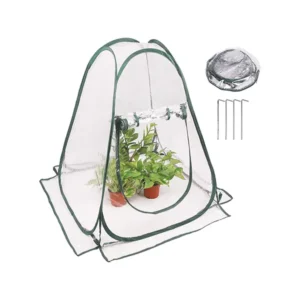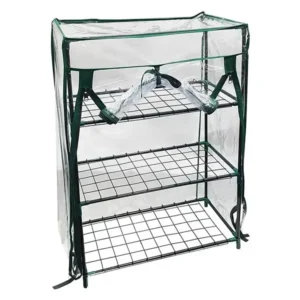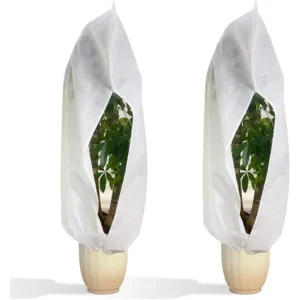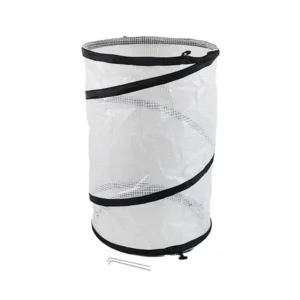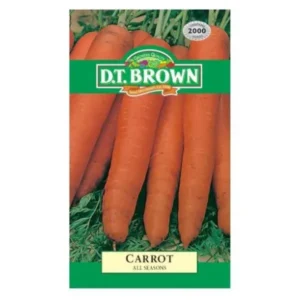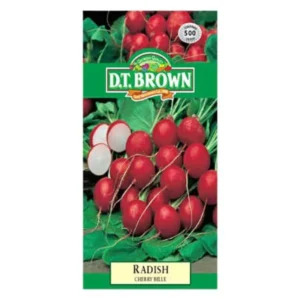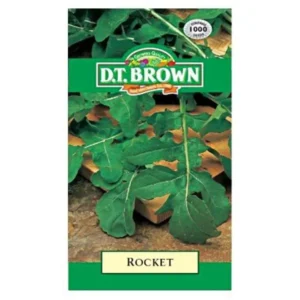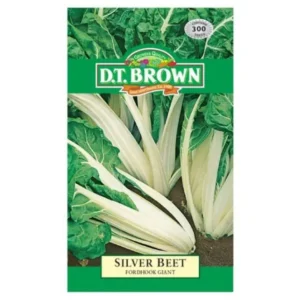The mornings are fresh and cool, and the skies are bright and clear. It’s a nice change from the hot summer weather. But keeping up your garden during winter can be kind of tricky. Plants don’t grow as quickly, the days are shorter with less sunshine, and the colder temperatures can make it hard for some plants to thrive.
Even with these challenges though, you can still keep your garden healthy and get it ready for a beautiful spring. With some extra care and the right tips, your garden can look great all winter long.
This guide will give you all the simple strategies you need to keep gardening through the winter months in Australia. From making sure plants get enough sun to protect them from frost and cold snaps, you’ll learn how to give your garden what it needs during this cooler season. There are also ideas for adding some nice winter colour with cold-hardy flowers and ways to get a head start on your spring planting. Plus, you’ll pick up helpful tricks for dealing with weeds, pests and other potential winter garden issues.
While winter might seem like a time for gardens to go dormant, there’s actually plenty you can do to keep things looking lively. With this guide, you can embrace the joys of cool weather gardening and make the most of this quieter season before spring arrives. So let’s get started on Mastering Winter Garden Maintenance in Australia! With just a little extra effort, you can enjoy a flourishing garden all year round.
Understand your Climate Zone
But before diving into winter gardening, it’s super important to know your Climate Zone. Australia has a pretty diverse climate, so what works for one area might not work for another. By understanding your specific climate zone, you can tailor your gardening efforts to suit the conditions in your area. Let’s break it down.
Temperate Zones (e.g., Sydney, Melbourne)
If you’re in a temperate zone like Sydney or Melbourne, you’ll experience cooler temperatures and the occasional frost during winter. This means you’ll need to be mindful of protecting your plants from those chilly nights. Think about using frost cloths or moving sensitive plants to more sheltered spots. It’s also a good time to plant winter veggies like broccoli and kale, which thrive in cooler weather.
Tropical and Subtropical Zones (e.g., Brisbane, Darwin)
For those in tropical and subtropical zones, like Brisbane or Darwin, winter is much milder. You won’t have to worry much about frost, which is a big plus. However, you might still need to keep an eye on the weather and make sure your plants are getting enough water, as dry spells can still happen. This is a great time to grow a variety of herbs and leafy greens that love the milder temperatures.
Arid Zones (e.g., Alice Springs)
Living in an arid zone like Alice Springs means dealing with cold nights and warm days. The temperature swings can be quite dramatic. To help your garden cope, consider using mulch to keep the soil temperature stable and retain moisture. You might also want to water your plants in the morning so they have enough moisture to get through the warm days and cold nights.
Cool Zones (e.g., Tasmania)
If you’re in a cool zone like Tasmania, winter can be quite harsh with frequent frost and even some snowfall. Your plants will need extra protection. Use plenty of mulch to insulate the soil and consider using cloches or cold frames to shield your plants from the worst of the weather. This is also a good time to prune deciduous trees and shrubs, as they are dormant and can handle a good trim.
What to do with plants planted during Spring and Summer?
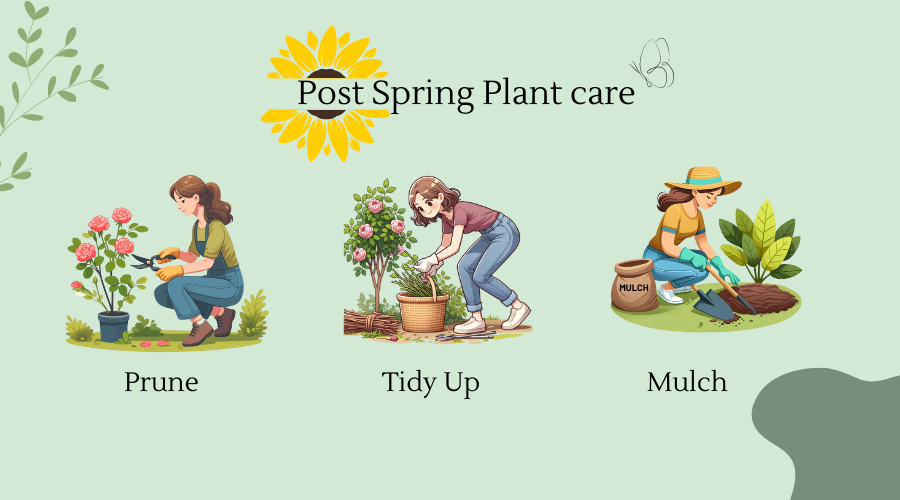
As winter approaches in Australia, it’s important to take care of the plants you nurtured during the spring and summer. With a bit of effort, you can help them survive the colder months and thrive when the warmth returns. Here’s a handy guide to managing your garden as the temperatures drop.
Assess Plant Health
Prune and Tidy up
Firstly, take a look at your plants. Figure out which ones are annuals, perennials, or sensitive to the cold. This will help you decide what each plant needs.
- Annuals: These guys live for just one season and usually die off in winter. Think petunias, marigolds, and zinnias.
- Perennials: These plants stick around for several years and might go dormant in winter. Examples include lavender, rosemary, and geraniums.
- Tender Plants: Some plants, like tomatoes and basil, don’t handle the cold well and need extra protection.
Cut away dead or crossing branches to shape the plant and let air circulate. Trim back overgrown branches or prune when they have lost their branches and are dormant and remove any dead or diseased parts. This helps prevent fungus and pests, maintains a neat-looking garden and encourages healthy growth in spring.
Clear away fallen leaves and plant debris to prevent pests and diseases from overwintering in your garden. If possible rake up leaves and compost them. Regularly inspect your plants for signs of pests and diseases. Treat any issues promptly to prevent them from spreading and becoming more severe in spring.
Mulch
Watering
Mulching in winter helps keep plant roots warm, retains soil moisture, and prevents soil erosion. It also suppresses weeds, improves soil quality as it decomposes, and makes your garden look neat.
By adding a layer of mulch, you protect your plants and prepare your garden for a healthy start in spring. Spread a 5-10 cm (2-4 inches) thick layer of mulch around your plants. Keep mulch a few centimetres away from plant stems to prevent rot. Check the mulch periodically, adding more if it starts to decompose or thin out. You can also use organic mulch like straw, Bark, wood chips or compost over your garden bed.
Most plants require less water during the cooler months. Reduce the frequency of irrigation to prevent overwatering, which can lead to fungal issues. However, ensure that new plantings and winter crops receive adequate moisture, especially during dry spells.
Watering in the morning allows the soil to absorb moisture before the temperature drops at night, reducing the risk of frost damage to your plants. Always check the soil moisture before watering. Stick your finger into the soil; if it feels dry an inch or two below the surface, it’s time to water. Use a soaker hose or drip irrigation to deliver water directly to the soil. This reduces the risk of fungal diseases caused by wet foliage.
Use frost cloths or Blankets: On particularly cold nights, cover your Garden bed or sensitive plants with frost cloths, old sheets, or blankets. This helps to trap heat and protect plants from frost damage. Secure the edges to prevent wind from blowing them away. Make sure to remove these coverings during the day to allow sunlight and air circulation.
Move Potted Plants Indoors: If you have sensitive plants in pots, consider moving them indoors or to a more sheltered location such as a garage, greenhouse, or a spot near the house where they can be protected from the wind and cold. Ensure they still receive adequate light and are watered appropriately.
Create Windbreaks: Use burlap, plastic, or even temporary fencing to create windbreaks around sensitive plants. This helps to reduce the chilling effects of cold winds.
Use Cloche or Cold Frames: For smaller plants, consider using a cloche (a small, portable greenhouse) or cold frames to protect them from frost. These structures can help to create a microclimate that is a few degrees warmer than the surrounding air.
Pop Up Tomato Plant Protector 71cm
Original price was: $24.90.$19.90Current price is: $19.90.How to Start New Plants
You might think winter is just a time for your garden to go dormant, but it’s actually the perfect season to get new plants established. Let me explain why. First off, the cooler temps and more consistent rainfall make it way less stressful for plants. They can focus all their energy on developing strong roots without the demands of leafing out or flowering. That solid root system sets them up for vigorous growth come spring.
Prepare the Garden Bed
Clear the Area: Remove any weeds, old plants, and debris from the garden bed. This helps prevent pests and diseases from overwintering in your Garden.
Amend the Soil: Improve your soil by adding compost or well-rotted manure. This enriches the soil with nutrients and improves its structure, making it more suitable for new plants.
Aerate the Soil: Loosen the soil with a garden fork or tiller to improve drainage and aeration. This helps roots grow more easily.
Mulching: Apply a thick layer of organic mulch, such as straw, bark, wood chips, or compost. Mulch insulates the soil, retains moisture, and suppresses weeds.
Choose Cold-Hardy Crops
Focus on planting cool-season vegetables that can tolerate or even thrive in colder temperatures. Some excellent options include:
- Leafy greens like kale, spinach, arugula, mustard greens, Arugula/Rocket, Silver beet/ Swiss Chard, and Lettuce (Cold-hardy varieties). These leafy greens can withstand light to moderate frosts. Protect them with row covers or cloches on the coldest nights.
- Root vegetables like carrots, beets, radishes, turnips and parsnips. Root veggies can be sown directly into the ground in early winter in many areas. The tops may die back in hard frosts but the roots will keep growing.
- Cole crops like broccoli, cauliflower, Brussels sprouts, Cabbage and Kohlrabi. Most brassicas are quite frost-hardy once established. Start seeds indoors and transplant out after hardening off.
- Alliums like garlic, onions, leeks and shallots. Members of the allium family are well-suited for overwintering. Plant cloves/sets in late winter for an early summer harvest.
- Some of the other options are Peas, Broad Beans, Fennel and Rhubarb.
Pay attention to cold-hardiness ratings and choose varieties bred for colder climates when possible. Using season extension techniques like row covers, cold frames or greenhouses can allow you to grow an even wider range of crops through winter. With proper timing and protection, you can enjoy fresh, nutritious veggies from your garden all year round, even during the frosty winter months in Australia.
Start Seeds Indoors
Get a head start by starting seeds indoors 6-8 weeks before your expected last frost date. This allows seedlings to get established before transplanting them outdoors. Use seed trays or containers with seed-starting mix and provide plenty of light, either from a sunny window or grow lights. Keep the soil moist but not saturated until seeds germinate. Good candidates for indoor seed starting include broccoli, cauliflower, kale and cabbage.
Direct Sowing
Other cold-tolerant vegetables like carrots, beets, radishes and leafy greens can be directly sown into the garden 2-4 weeks before your last expected spring frost. Prepare the soil by removing debris and working in compost or manure to enrich it. Sow the seeds at the recommended depth and spacing on the seed packet. Water gently after sowing to settle the soil around the seeds.
Harden Off and Transplant
Whether started indoors or purchased as seedlings, it’s crucial to “harden off” transplants before planting them in the garden. About 1-2 weeks before transplanting, start setting the seedlings outdoors in a shaded spot for a few hours, gradually increasing exposure to sun and cold over 7-10 days. This acclimates them to outdoor conditions and prevents transplant shock. You can then transplant them in 2-4 weeks before your last expected frost date.
Have your garden beds prepared with enriched soil and apply mulch if desired. Transplant seedlings on an overcast day or in the evening to reduce moisture loss . Space transplants at the recommended distances, dig a hole slightly larger than the root ball, and firm soil gently around the base. Water transplants thoroughly with a diluted seaweed or fish emulsion solution to reduce shock.
Use Season Extension Techniques
Extend your harvest by using protective covers like row covers, cold frames, low tunnels or greenhouses. These traps heat around the plants, allowing you to grow crops that may not otherwise survive winter temperatures. Remove protection during the day to allow for air flow and prevent overheating.
Try Overwintering Crops
Certain cold-hardy crops like spinach, kale, and carrots can be overwintered by planting them in late summer/early fall and protecting them through winter for an early spring harvest.
Time Plantings Carefully
Pay attention to days to maturity and plan successions of cold-tolerant greens and root crops to ensure a steady harvest through winter.





